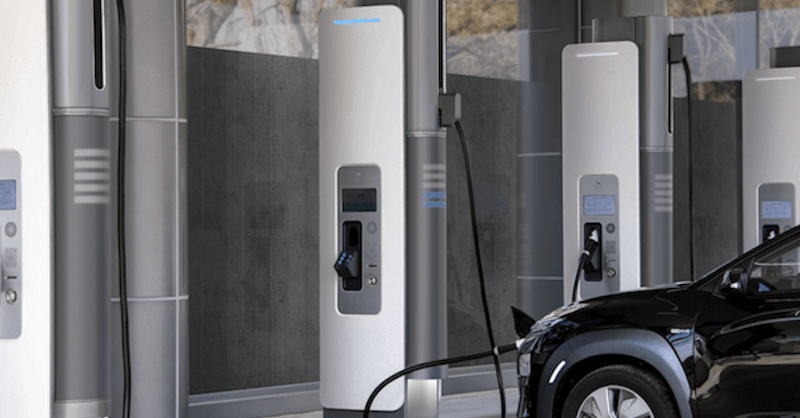With the rise of electric vehicles (EVs), the development of a robust and accessible charging infrastructure has become paramount. Public EV charging stations, available in varying levels of charging power, are at the forefront of this revolution. In this article, we will delve into the benefits of public EV charging stations, specifically exploring the advantages offered by Level 1, Level 2, and Level 3 charging, as they cater to different charging needs and promote the widespread adoption of electric vehicles.
Level 1 Charging: Convenience and Accessibility
Level 1 charging refers to the use of a standard household outlet (120 volts) to charge an electric vehicle. Although Level 1 charging is the slowest option, it provides crucial accessibility and convenience for EV owners. One of the main advantages is that Level 1 charging can be accomplished anywhere there is a standard electrical outlet, making it ideal for residential charging. EV owners can simply plug in their vehicles overnight, ensuring a full charge by morning. Level 1 charging is also beneficial for workplaces, as employees can conveniently charge their vehicles during the workday.
Level 2 Charging: Accelerating Charging Speed
Level 2 charging operates at 240 volts, providing significantly faster charging speeds compared to Level 1. This type of charging station is commonly found in public areas, such as parking garages, shopping centers, and office complexes. Level 2 charging stations typically require the installation of dedicated charging equipment and provide EV owners with a more efficient charging experience. With Level 2 charging, EVs can gain up to 25 miles of range per hour, reducing charging times and accommodating drivers who require frequent charging throughout the day.
Level 3 Charging (DC Fast Charging): Rapid Charging on the Go
Level 3 charging, also known as DC Fast Charging, offers the fastest charging speeds among public EV charging options. These high-powered charging stations utilize direct current (DC) to rapidly charge electric vehicles. Level 3 charging is typically found along major highways, travel corridors, and public charging networks. With Level 3 charging, EVs can achieve an 80% charge in as little as 20-30 minutes, enabling long-distance travel and reducing range anxiety. This feature is especially crucial for drivers who rely on their vehicles for road trips or extensive daily commutes.
Promoting EV Adoption and Sustainability
The benefits of public EV charging stations in Seattle, Washington extend beyond convenience and faster charging speeds. They also play a vital role in promoting the widespread adoption of electric vehicles and contributing to a more sustainable future. Public charging stations provide reassurance to potential EV buyers, alleviating concerns about range limitations and enabling longer journeys. Furthermore, the presence of charging infrastructure in public areas encourages more people to transition to electric vehicles, resulting in reduced greenhouse gas emissions and improved air quality.
Conclusion
Public EV charging stations, available in Level 1, 2, and 3 options, offer a range of benefits that cater to diverse charging needs. Level 1 charging provides accessibility and convenience for residential and workplace charging, while Level 2 charging accelerates charging speeds and facilitates frequent charging throughout the day. Level 3 charging, or DC Fast Charging, enables rapid charging on the go and supports long-distance travel. Together, these public charging options promote EV adoption, reduce range anxiety, and contribute to a more sustainable transportation ecosystem. As we embrace the electrification of transportation, the continued expansion of public EV charging stations is vital for the widespread adoption of electric vehicles and the realization of a cleaner and greener future.
